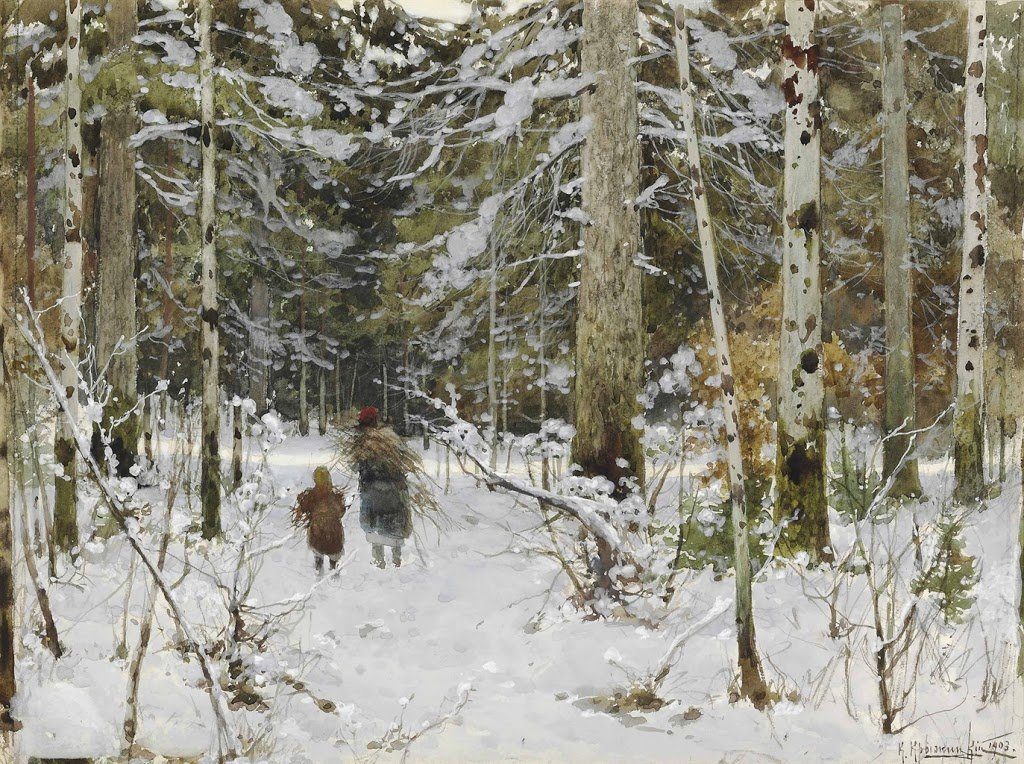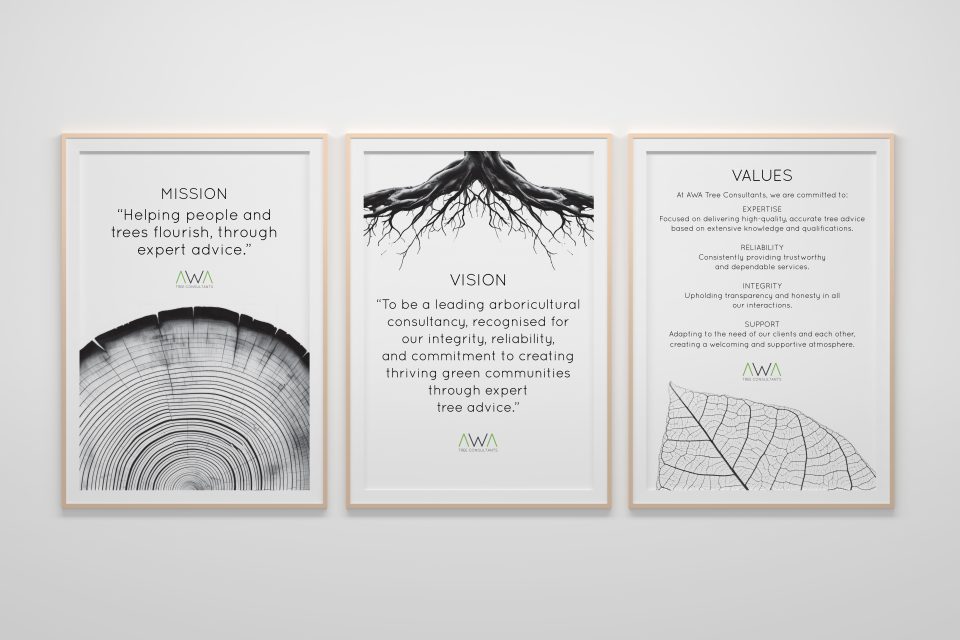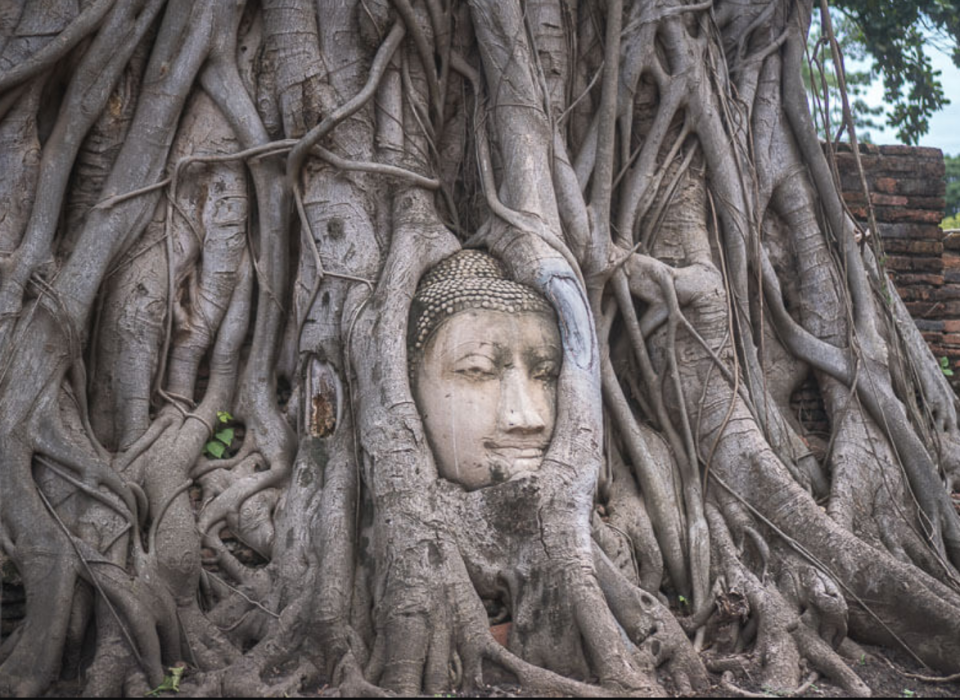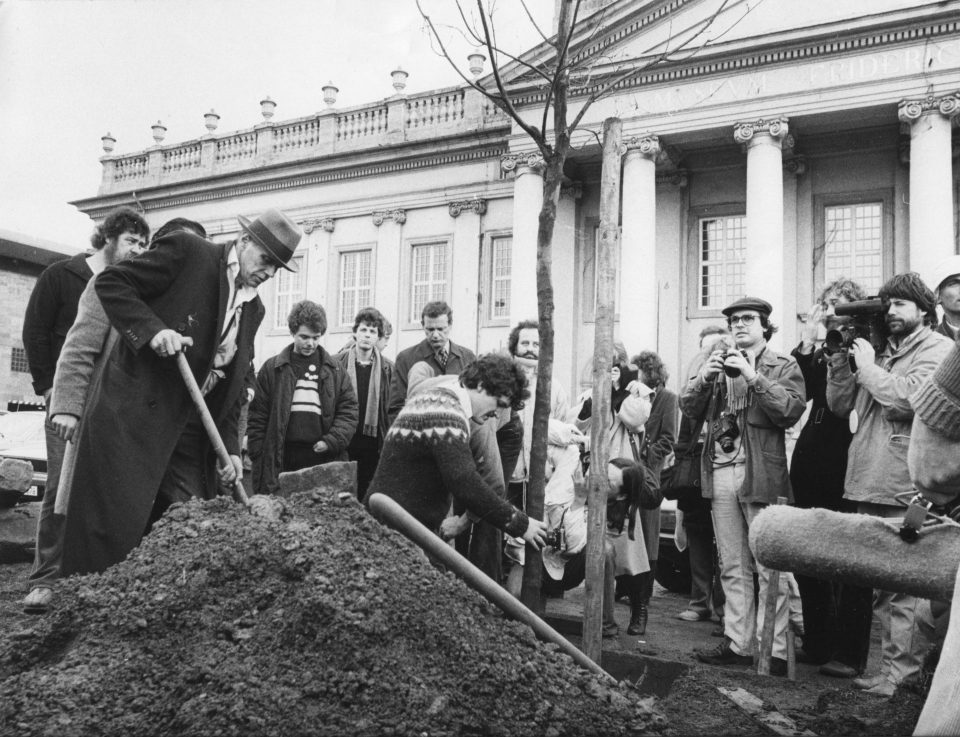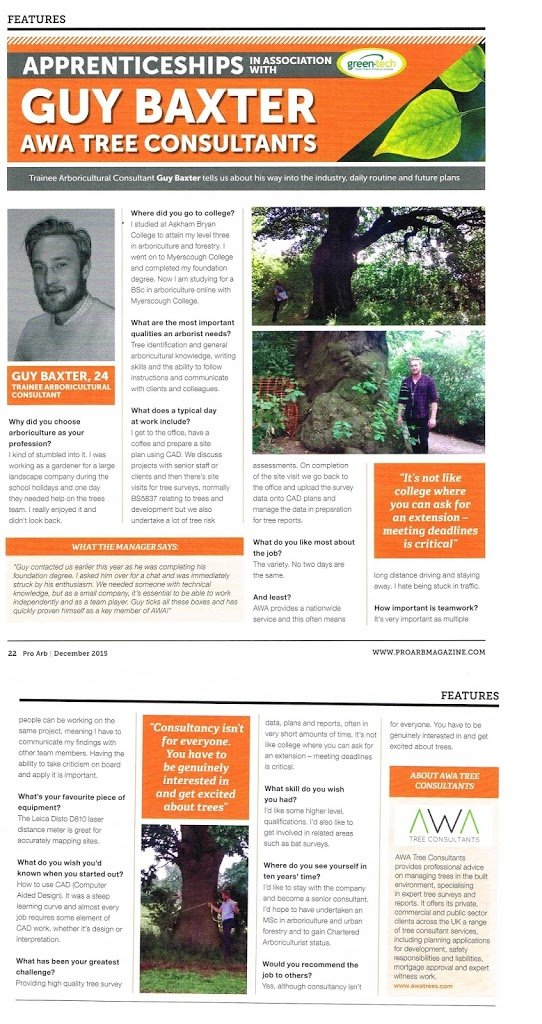
AWA Tree Consultants in Pro Arb Magazine
18th December 2015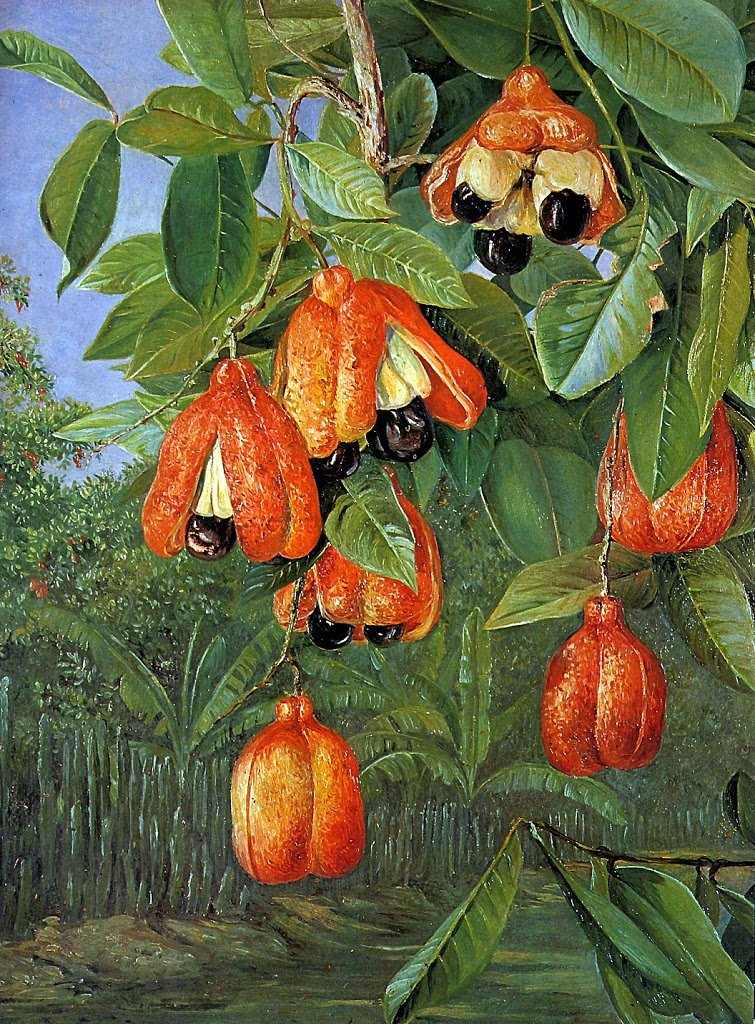
Ackee: The Toxic Tree That Tastes Delicious.
16th January 2016Tree Surveys in the Bleak Midwinter

Tree surveys in winter bring their own challenges. Trying to look up into the crown of a tree in the icy rain isn’t fun for long. The speed of a tree surveyor, moving from one tree to the next, seems to be perfect to avoid the creation of any type of body warmth. All before the inevitable raging against the dying of the light, as darkness falls at 3pm.
One aspect of surveying trees in winter that many arborists initially struggle with is identifying broad-leaved trees without leaves. In winter only a limited number of clues aid identification, mainly bark, twig, bud and the form or silhouette of the tree (however form can be deceptive depending on where it has grown and how it has been managed).
A useful short book, to help would-be winter tree detectives get their eye in, is published by FSC Publications. However, for more lyrical musings on the subject we can refer to Donald Culross Peattie, a Harvard-trained botanist who, in 1935, wrote the excellent and unique “An Almanac for Moderns“:
“The hardwoods, those trees that shed their leaves, are withdrawn from us in winter; without their leaves they seem no longer to have faces by which to know them; they are headless trunks, nude trunks. To those not used to country sights it seems almost necromantic how a woodsman can walk through a snow-filled forest and with confidence lay a weathered hand upon one bole and another and say this is an oak and that a hornbeam. Only gradually one finds that he too is learning the subtlest differences, where all at first seem alike… out of the silvery winter ranks, individuals step forth, are marked, remembered.
After familiarity with twig and bud, scar and lenticel, bark and stature, comes a love of wood itself – first the dark stain of it; then a feeling for the very touch of it in the hands…A love of grain and pattern, a hatred of stain and veneer, a preference for mahogany in its natural ruddy brown and the understanding that American woods like black walnut, yellow poplar, and cherry birch are as fine as any mahogany. But indeed I am talking here about the man I would like to become rather than the one I am – about the fellow who can weigh a block of wood in his palm and with precision tell you what it is.”


